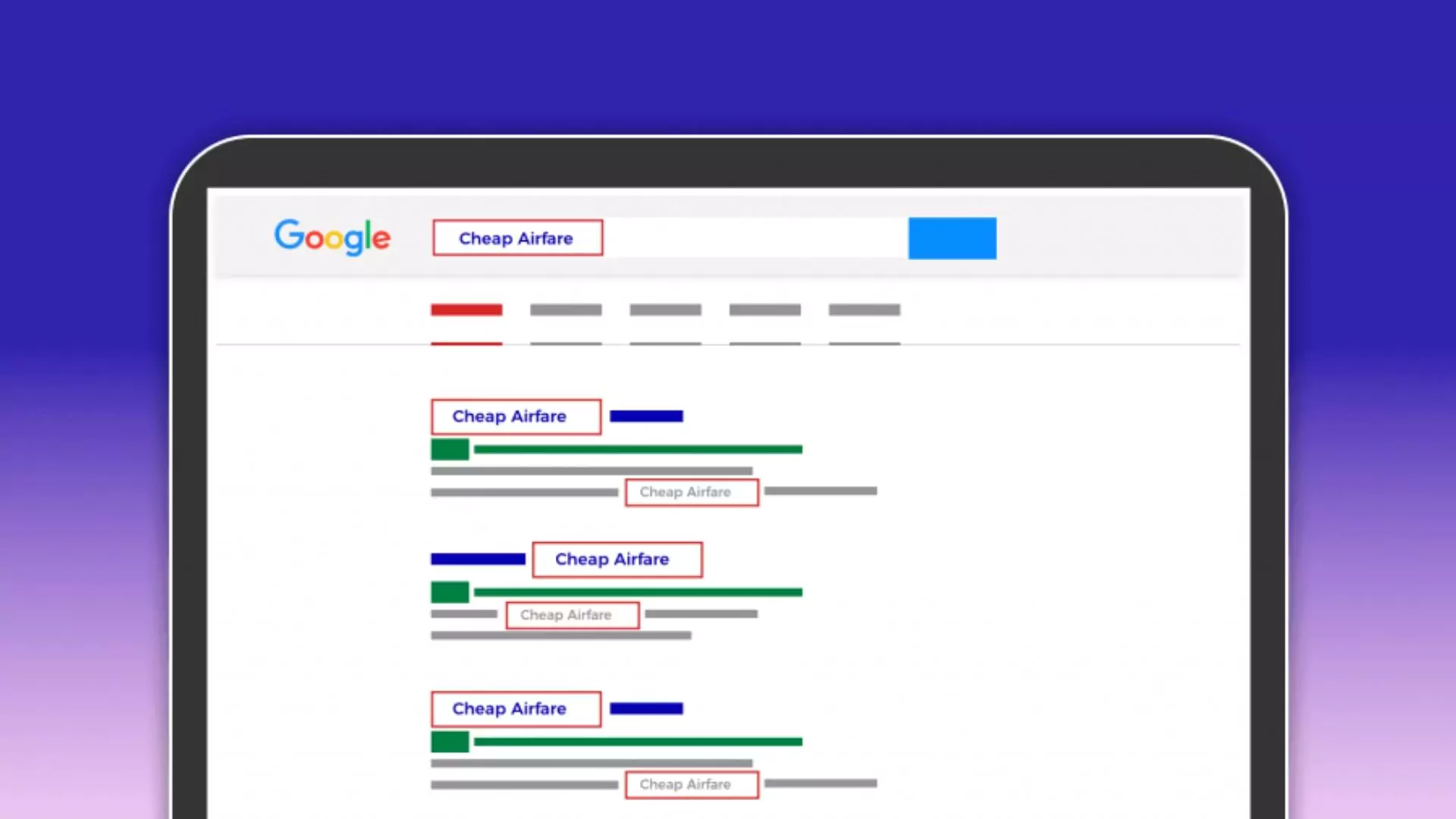Google Dynamic Search Ads: Everything You Need To Know
If you think that your ads are not getting better reach with the audience, then you should check out the Google Dynamic Search Ads. It would help you reach all those hard-to-reach places that you haven’t covered with your search campaigns yet. However, while planning for the Dynamic search ads (DSA), you need to be careful about budget cannibalization in the process.
To harness the power of DSA, you need to have clear goals and a plan to implement them. On the other hand, you will have to be conservative with your budget restriction. In this article, we are going to tell you everything about:
- What are Google DSAs?
- Why use DSAs?
- How does it work?
- What to avoid?
So, here we go!
Tap On Play To Listen
What Are Google Dynamic Search Ads?
Dynamic search ads can pop up on any website that has content that focuses on similar niches and keywords. Unlike the Google ads in which you need to bid for the keywords to target, here Google will crawl the website that matches the search query of your ads. And it automatically generates heading and landing pages for the match. While setting DSAs, you have the option to target the specific pages, or you can also target overarching sections for better coverage.
After the selection of keywords, it will prompt you to create an ad copy. Simply write a description for your ads, as you write for Google ppc ads (pay per click) campaign. If you see both ads, you can’t find any difference between a normal Google ad and a Google Dynamic search ad. However, it can help you to get a wider network for your campaign so that you can reach more people.
Why Use DSAs?
There are already so many options you have like search ads, display ads, and Google retargeting ads. Then you might be thinking about why to use dynamic search ads. Because of its dynamic feature, now you can get your ads placed on the spot, which brings the most views from your potential customers. It means that by using DSAs, you can reach more people who are searching for similar products/ services as yours.
Nowadays, the budget is one of the most important factors when planning ad campaigns. So with such a personalized ad search approach, you can have better opportunities to reduce your customer acquisition costs. Research shows that personalizing your ad campaigns can help you to reduce customer acquisition costs by up to 50%.
Besides it also saves you time analyzing the keywords, as it can automatically compute the data from the landing page of your website. You can be hyper-specific with your target audience and leverage the key assets that you already own while using Google ads.
How DSAs Work?
Most of the time, we can say that DSAs may work for you, but there can’t be some scenarios where they may not get you the expected results. So here we are going to discuss them all.
DSAs work with a bidding system, which is similar to running text ads on Google. As you may know, Google Dynamic Search Ads also operates on a cost-per-click system.
The good thing about DSA is that it lets you target a particular product group. Accordingly, you can plan an investment plan to create your campaign structure. So you get to know about the ads that are already doing well in the group.
For example:
Suppose you are running DSAs for your eCommerce business to sell out products. In the product grouping, you can gain insights into how well other DSAs are performing and how much you need to bid to gain conversions.
On the other hand, if your business has multiple listings of products and services, it would be hard for you to get insights. In such a case, using DSAs you can target a specific landing page that could bring you conversions.
What to Avoid With Google DSAs?
So far you have seen how you can use DSAs to get more consumer acquisition in your business. It makes it easier for Google to crawl information from your website so that your ads can be more visible to your potential customers.
However, while creating Dynamic Search Ads, there can be some problems that you can avoid.
Including DSAs As A Part Of Existing Campaigns:
When you are running DSAs in a mix with some other campaigns, there is always a chance of going over the budget. Since you need to set your bid for DSAs, it might affect your expenditure on other campaigns. It may also stagnate the individual performances of your different ad campaigns, as we know that DSAs can have a sudden ramp-up due to an increase in CPC rates.
Correct Application of Exclusion and Negatives:
Another important factor in Google Dynamic search ads is to avoid the risk of waste in your bids. DSAs automatically crawl data from your website and provide the best info in the form of ads. Such ads can also make an impact on search engine optimization. In such a case, you may want to avoid sending traffic to some pages that actually could not bring your conversions like the contact page, or the About page.
As far as info sharing is concerned, such pages can help you in achieving so. But when you want to create more sales for your business, traffic on these pages will not help you. So, it’s important to exclude such pages from your Google dynamic search ads campaign. Otherwise, it may also sabotage your efforts on some other marketing campaigns.

One Group To Target Everything:
Thanks to the automation feature of DSAs, now Google or Bing can automatically pick up the landing pages, create headlines, and also set your bids. Still, you will have to write a good description for your DSA campaign. Although targeting different services and products may not lie in the same category. So you may want the auction prices to be different for the separate targets. And sometimes, it could be difficult for you to achieve so in your dynamic search ad campaigns.
What Should Be The Targeting Criteria for DSAs?
As we already know Google automatically pulls the data from your web pages to create DSAs. So basically, it would target the audience based on your website’s content.
Here are the three criteria in the bucket list that Google offers:
- Categories
- URLs
- Other factors like page title or content.
Using any of these criteria, you can set up your Google dynamic search ad campaigns. Although, there might be some content on your website that you don’t want to include. In such a case, you can use negative keywords to avoid them.
For example- You can target specific landing pages from the standard ad groups that you mostly use in your ad campaigns. This may also help you to narrow down your targeting options based on your preferences.
Also Read:
07 Tips For Creating Weight Loss Facebook Ads That Will Work In 2021
7 Fun & Festive Holiday Marketing Ideas To Try This Year
PowerAdSpy 2020 Year In Review
9 Tips To Maximize Quality Score Of Google Ads For Doctors
Wrapping Up:
No matter what kind of targeting you will use, Google Dynamic search ads can surely bring traffic to your website. However, sometimes you may not get the expected results with your targeting, and you may have to spend more in such a situation.
But thankfully, now you can use the ad intelligence tool like PowerAdSpy that gives you an overview of Google Display Network. There you can know about the ads that are performing better so that you can replicate similar strategies to gain more ROI (return on investments). It has a powerful search algorithm, which easily filters out the best-performing ads based on the targeted keywords in your niche.
So what are your thoughts about the Google dynamic search ads?
If you think that the points mentioned in this article are useful for you, then please share it with others. For any further queries, please mention them in the comments.







